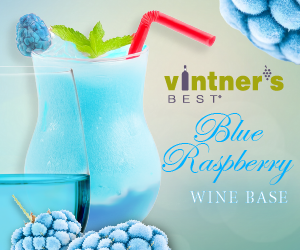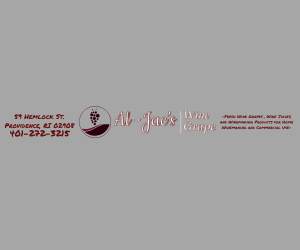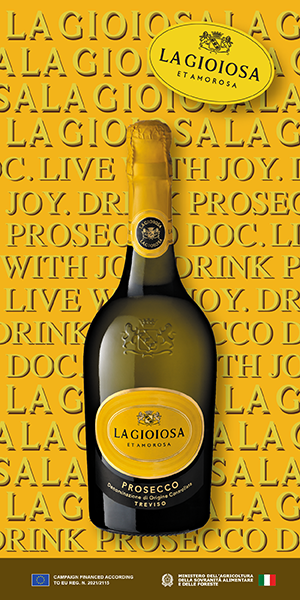Q
I have been making red Zinfandel wine at home with juice concentrate. I‘ve noticed crystals forming inside and they stick to the bottle. When you shake the bottle they disappear, but when you let it stand for a few minutes they come back and stick to the bottle again. I am stumped — do you have
an explanation?
Carol Otway
Port Coquitlam, British Columbia
 A
A
Ahhh yes, as I lean back in my trusty desk chair and tent my fingers like a wizened wine psychiatrist, I can picture in my mind’s eye exactly what you describe. The small crystals can look like tiny grains of quartz sand or small shards of glass; some are free-floating and others form a layer of plaque on the sides of your bottles. It seems as if you are experiencing what I call “tartrate fall out,” or in slightly-more scientific terminology (i.e. geek speak), a nucleation and subsequent visible precipitation of once-soluble potassium bitartrate ions. Take two Campden tablets and call me in the morning . . . next.
Sorry, just kidding about the tablets, but the lighthearted spirit in which the remark was made is appropriate given your situation — you shouldn’t worry about it too much. All grapes have tartaric acid and potassium as they naturally accumulate in the grape during the ripening process. Combine them together at certain pH levels under certain conditions and you can get combined tartaric “salts,” called potassium bitartrates. These ions exist as dissolved entities in the juice (and then the wine) but during the fermentation and aging process they sometimes become insoluble and condense together, eventually “falling out of solution” as a solid.
These sand or glass-like crystals may look scary, but they are completely harmless and can be ingested without danger — they may, however feel like sand in your mouth, which isn’t the most pleasant wine-tasting experience. Even though a little bit of sedimentation over time is completely natural and expected, especially for robust red wines, many winemakers like to keep from scaring their customers (or friends and family). Many wineries have fielded frantic phone calls from consumers concerned about the “pieces of glass” they found at the bottom of their bottles. Thankfully, there are some things that winemakers like yourself can do to strategize against massive potassium bitartrate precipitation.
The rate of crystal precipitation is affected by many things. As a general rule, colder storage temperatures, higher alcohol percentages and longer aging periods translate into more soluble ions that are encouraged to become solid and precipitate (in the form of crystals). Sometimes during the aging process, if the crystals have something (like the rough inside of a barrel) they can use as a “seed” and grab onto, they will be encouraged to come out of solution in their solid form.
Because most people do not like the way crystals look in the bottle, there is actually a time when it makes sense to encourage your bitartrate to come out of solution — this being before it is bottled! The amount of precipitation a given wine will demonstrate over time is fixed and is a function of the wines pH, TA, and potassium content. There is only so much in a wine and only so much will ever emerge in the solid form.
Many winemakers, especially commercial winemakers dealing with soon-to-market white, rosé and early red wines, will chill down their wine and add cream of tartar. This acts as a seed crystal for the bitartrate ions, forcing them into solid form (even when they would remain soluble in their ambient wine conditions). For “seeding,” add approximately 2–5 lbs. of cream of tartar per 1,000 gallons of wine (about 0.24 g/L) and then hold the temperature at around 35 ºF (2 ºC) for 2 weeks). Most of the crystals that are going to fall out will have fallen. After a very fine filtration to remove them, the wine will be protected from future tartrate instabilities.
Since your wine is already in the bottle, there’s not much you can do about it. For future batches, however, you may want to keep your wine colder and age it longer, giving those tartrate crystals more time to fall out of solution. Since you probably don’t want to filter your red wine, adding seed crystals and then sterile-filtering may not be an option for you. Until next harvest (or next time you crack a bucket of concentrate), just smile and tell your friends your wine is “100% natural, not processed or treated.”
Q
I have a nice little 30-bottle wine fridge in the house but it’s bursting at the seams with the fruits of my labor (or the labors of my fruit, if you will). I also have a second refrigerator in my garage (fairly new) that’s going unused- I’m wondering if I could use that fridge, on say the lowest setting to store my additional bottles of red? Do you think it would be too cold? Would the humidity possibly be off?
Adam F. Mitchell
Pasadena, California
A
Certainly, do put that extra fridge to good use and by all means store some of your collection in it! Extra refrigeration is a boon to just about any winemaker, wine collector, or home brewer — just ask how hard-core brewers love their “lagering fridges.” I would see if you could adjust your temperature to a steady 52 ºF (11 ºC). This can be done with external thermostats available at most homebrew shops. Even putting the fridge on its lowest setting would be way too cold for properly aging red wines, or even storing white wines. Keeping wines in too-cold an environment can cause an untoward potassium bitartrate crystal precipitation and some suggest it can even ruin the wine in the long run. Keeping wines chilled just before serving is fine, of course, just don’t store wines at these temperatures for too long. With regards to humidity — a fridge isn’t the most arid of conditions, but if you’re worried, pick up a hygrometer (humidity meter) and try to keep your refrigerator as humid as your other wine-storage cabinet. Metering systems and humidification tools can be purchased from the same companies that sell wine-storage units (like the one you’ve grown out of).





